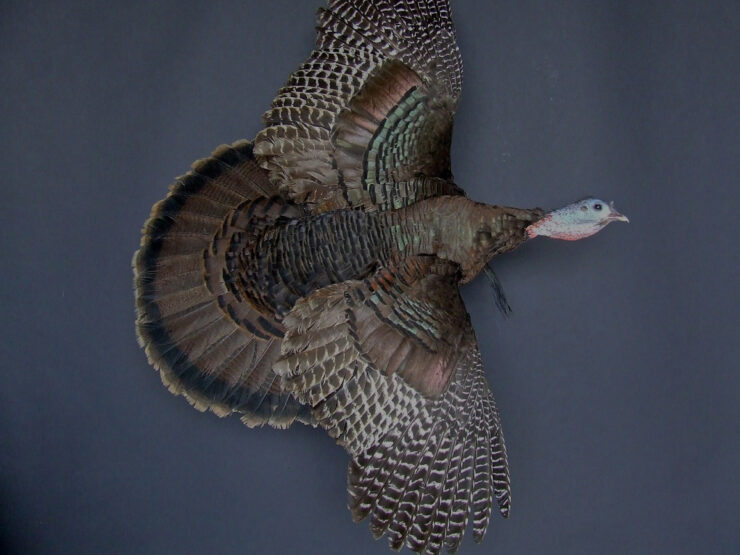A bearded hen looks similar to other female turkeys but has a distinct feature. The “beard” is a group of hair-like feathers on the chest. This feature makes bearded hens an exciting target for hunters. Knowing how to spot a bearded hen is crucial. Look for the beard and note the bird’s behavior and habitat.
Hunting Techniques and Tips
Effective techniques make all the difference. Start by scouting areas where turkeys are active. Listen for turkey calls and look for tracks and droppings. Use decoys to attract the birds. Position the decoys in clear sight to lure the bearded hen into your range.
Calling is another vital technique. Use turkey calls to mimic the sounds of other turkeys. This can attract a bearded hen looking for a mate or to join a group.
Essential Gear and Equipment
Having the right gear is crucial. Here’s a detailed guide to the gear you need for a successful hunt.
Shotguns and Ammunition
- Reliable Shotgun: Choose a 12-gauge or 20-gauge shotgun. Models like the Remington 870 or Mossberg 500 are popular choices.
- Ammunition: Use turkey loads. Opt for shot sizes between #4 and #6. Ensure your shotgun is patterned correctly with your chosen load.
Camouflage Clothing
- Camo Patterns: Use patterns that match the hunting environment. Mossy Oak and RealTree offer good options.
- Clothing Types: Wear a camo jacket, pants, gloves, and face mask. Ensure all exposed skin is covered to blend in fully.
Binoculars
- High-Quality Binoculars: Use binoculars with at least 8x magnification. Brands like Vortex and Nikon offer reliable options.
- Field of View: A wide field of view helps spot movement over a larger area.
Turkey Calls
- Types of Calls: Use a variety of calls, including box calls, slate calls, and diaphragm calls. Each type mimics different turkey sounds.
- Practice: Practice different calls to mimic yelps, clucks, and purrs. This attracts bearded hens by mimicking natural turkey communication.
Decoys
- Realistic Decoys: Use lifelike decoys to attract bearded hens. Hen and jake decoys work well together.
- Placement Tips: Place decoys in clearings where they are visible. Position them at different angles to create a natural-looking scene.
Additional Gear
- Hunting Vest: Use a vest with multiple pockets. This helps carry calls, ammunition, and other gear.
- Rangefinder: A rangefinder helps determine the distance to your target. This ensures accurate shooting.
- Hunting Chair or Cushion: A portable chair or cushion helps stay comfortable during long waits. This reduces movement and noise.
Safety Equipment
- Blaze Orange Vest: Wear a blaze orange vest when moving to ensure visibility to other hunters.
- First Aid Kit: Carry a basic first aid kit for emergencies. Include bandages, antiseptic wipes, and other essentials.
- Water and Snacks: Stay hydrated and energized with a water bottle and high-energy snacks.
Expert Insights
Insights from experts can be invaluable. Wildlife biologist Dr. Smith suggests focusing on areas with dense brush for better chances of spotting a bearded hen. Experienced hunter Jane recommends practicing different turkey calls to find what works best in your area.
Conclusion
Bearded hen hunting can be a rewarding experience. Use these tips and techniques to improve your chances of success. Follow legal and ethical guidelines. Equip yourself with the right gear. Engage with conservation efforts to ensure the sustainability of turkey populations.

